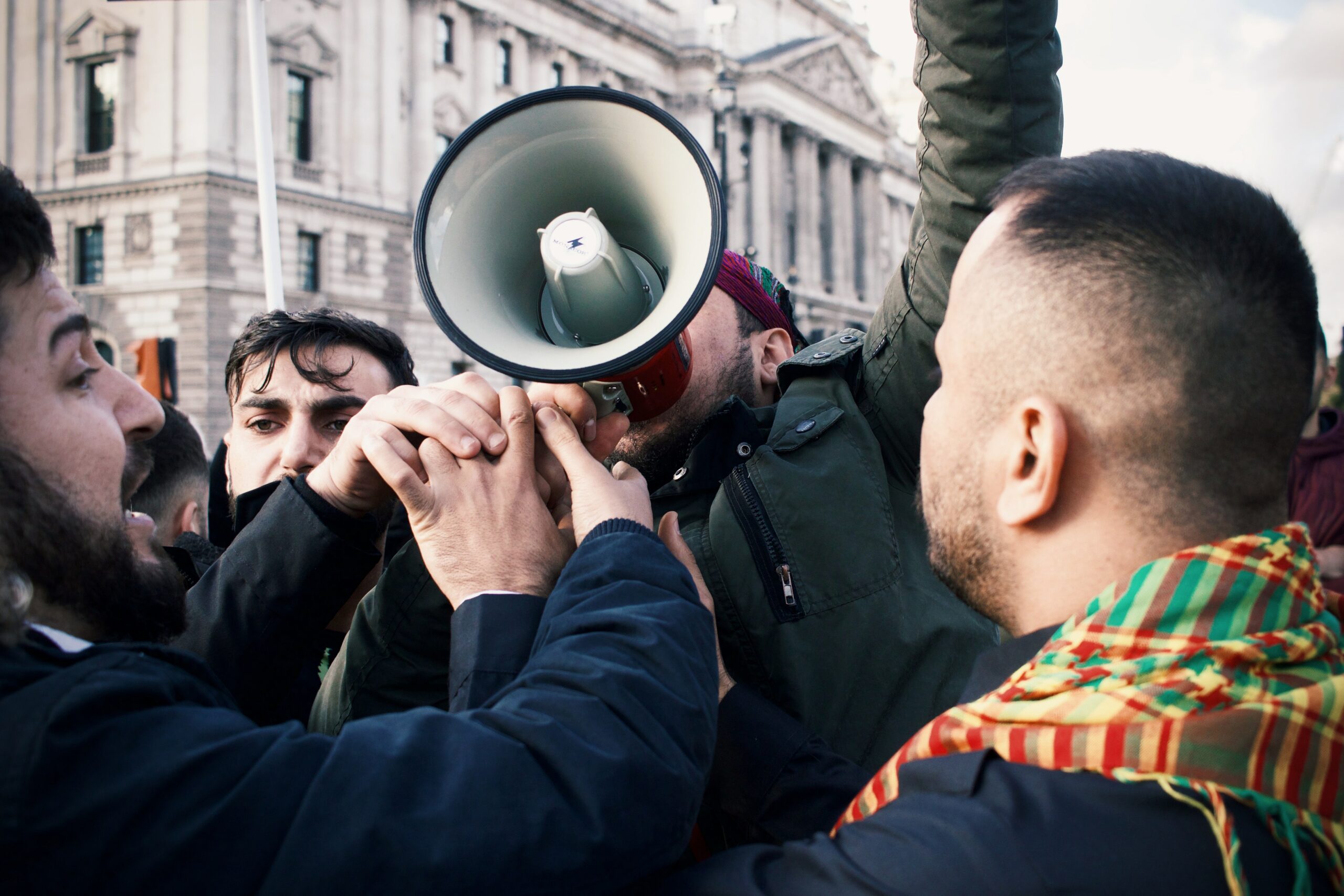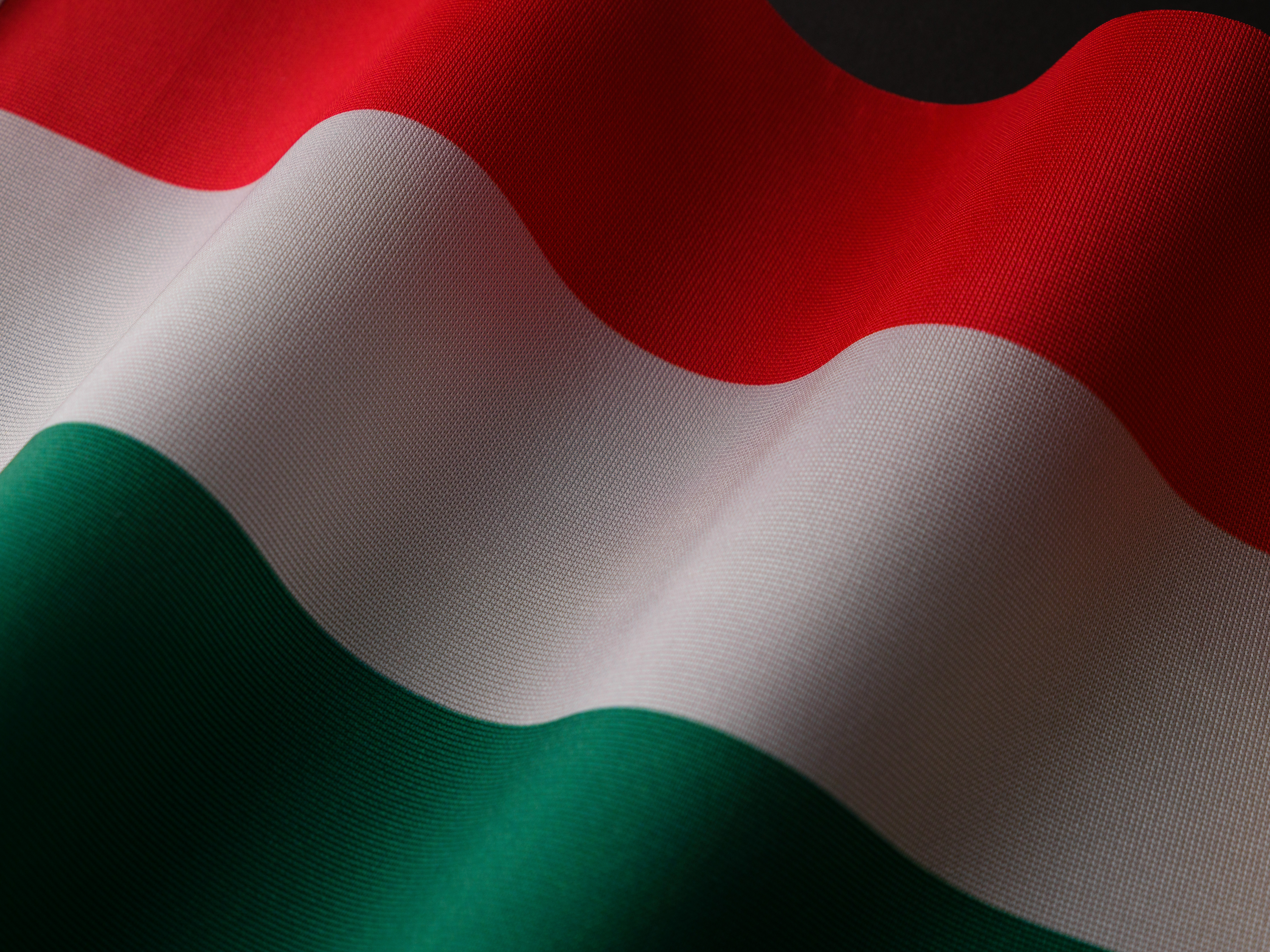With the toppling of the Tunisian president Zine al-Abidine Ben Ali in December 2010, a wave of revolutions spread across the Middle East and Northern Africa. In Syria, this manifested in the form of pro-democracy protests against Bashar Al Assad in March 2011. Consequently, the situation escalated into a civil war between the Assad regime and the Free Syrian Army. With the involvement of foreign powers like Iran, Saudi Arabia, the USA and Russia, the conflict has become more complicated.
Oftentimes, media portrayal of the conflict is focused on tensions between sects to be the main cause of violence. The uprisings were a result of high unemployment, economic inequality and discontent with the ruling regime. However, within months, the rhetoric shifted to rally behind sectarian identities as often. The minority sects of Shia Islam, Christians and Druze supported the regime, and the majority Sunni population stood against Assad. While many argue that the “ancient hatred” between the sects makes such conflict inevitable, it is evident the Assad regime, since the Ba’ath coup of 1970, had successfully mobilized sectarian divisions through its policies and outreach to the public to justify violence and escalate the conflict.
During Hafez Al-Assad’s time, an increasing disparity between sects was evident. Politics were dominated by the Ba’ath party, which was mainly composed of Alawis and other Shias. However, culturally, Sunni Islam held more influence in certain areas like education. While Bashar Al-Assad was in power, there were initial efforts towards improving relations between the sects through more inclusive policies; but the Alawi elitism still did not diminish. The policies under Bashar Al-Assad favored the ruling elite, who were predominantly Alawi. As a result, subsidies were increasingly cut off for ordinary Syrians, which in turn isolated the Sunni peasantry – a key support group for Assad. The failing economic reforms were the last straw to the deteriorating stability of the country.
When the revolutions in Tunisia and Egypt began, Assad was supportive in calling it a “new era” for Arab countries. Conversely, the moment those uprisings took place in Syria, the Assad government was quick to use force to clamp them down. Despite the initially peaceful protests, the police and military fired upon protesters. With the emergence of the Free Syrian Army, Assad faced a unified threat to his power, in order to maintain his regime, he played the “sectarian card”. By portraying to the religious minorities in Syria at the time (Alawites, Christians, Shia, Druze, etc) that the protestors (Sunni) were an existential threat, he was able to shift the root of the uprisings from normal political demands and dissatisfaction with the regime to sectarian conflict which threatened the security of the regime.
This mobilization of sectarian identity was a political decision to create a certain narrative. This was most evident in Assad’s manipulation of the media and his public addresses. The protests were described in the media to be carried out by the mafia, criminal gangs, terrorists and radical Islamists. On multiple occasions, the government’s official statements pointed to the protests as a Sunni movement. In April 2012, the interior ministry declared the protests to be an “armed insurrection” that aimed to set up a “Salafist state”. The latter is a religious-political ideology based on Sunni Islam. In June of the same year, Assad declared that the violence was religious armed violence and compared the protestors to germs that needed to be exterminated. Following on, the regime repeatedly characterized the violence as having sectarian roots that began from Sunni violence. This characterisation of the protests led to an image of a “self” (the Shia Alawite minorities) being persecuted by the “other” (Sunni).
The minorities’ fear of Sunni domination did not entirely result from the portrayal of the Assad regime. Society in Syria has historically been a mosaic of different ethnicities and particularly sects. During the Ottoman Empire’s time, Sunni Muslims frequently repressed the other sects, with the poorest peasants being Alawites who were made to work for Sunni landlords. These differences, however, were institutionalized during the time that Syria was under a French Mandate following the First World War. Different sects were placed in dominating roles in different institutions. As an example, the Sunni dominated politics, while the Alawites dominated the military. Through this, the standing of some minority sects was raised, and relations between the sects were aggravated, a tension which continued to modern-day Syria and allowed Assad to weaponize these sectarian identities.
As a result of witnessing this violent crackdown of what was considered legitimate economic dissatisfaction, the Sunni majority became radicalized, and the protests evolved into a civil war situation with a demand to overthrow the Alawi regime itself. As it stands today, the conflict has evolved into a proxy war, placing two of the most powerful countries, the USA and Russia on opposing ends. The distinction of the war into sects has also allowed Assad to garner support from Iran and Hezbollah, both of which are Shia dominated. It is a long war that will soon reach 12 years since its beginning, with no end in sight.






